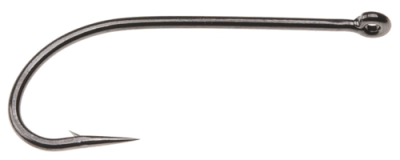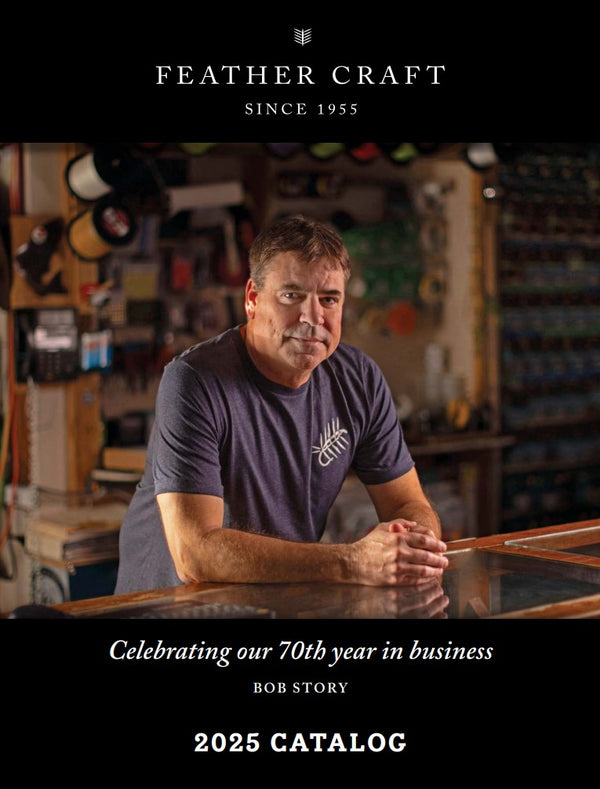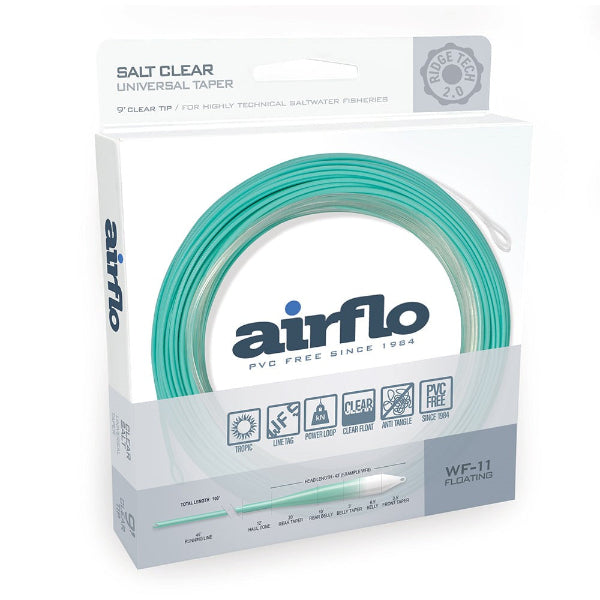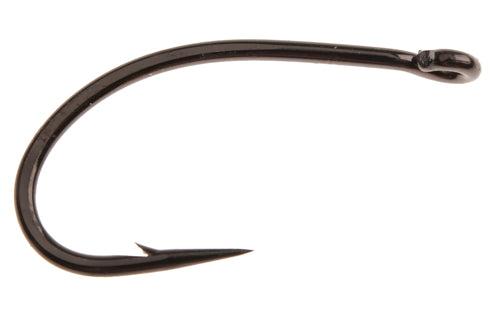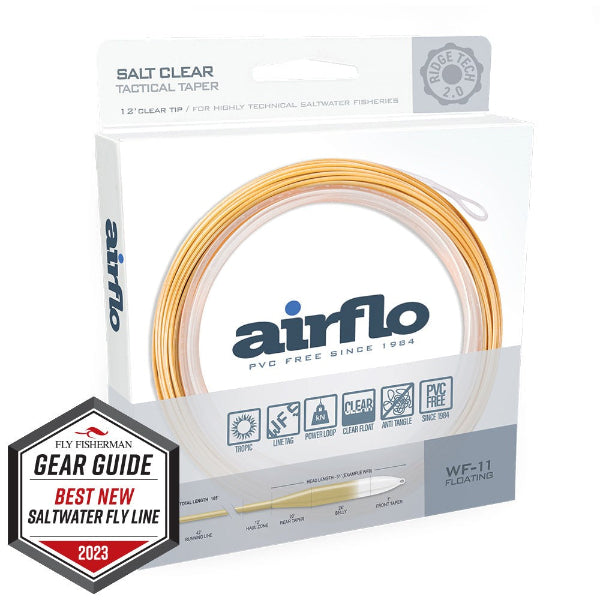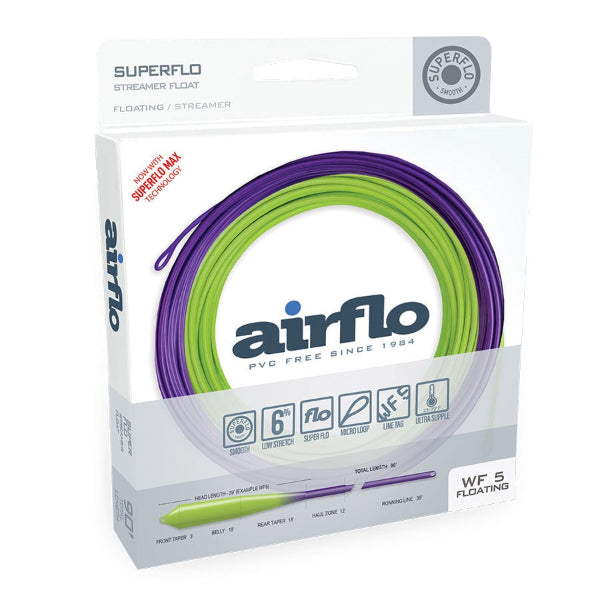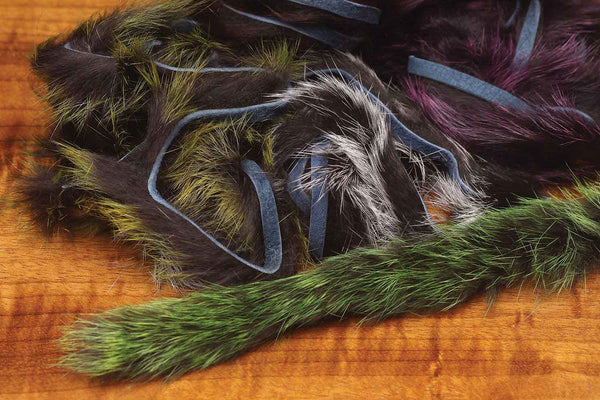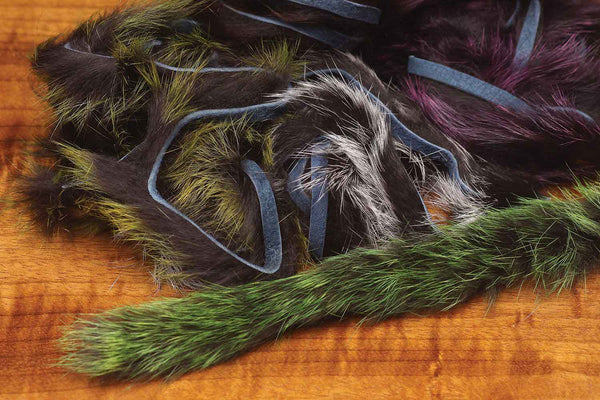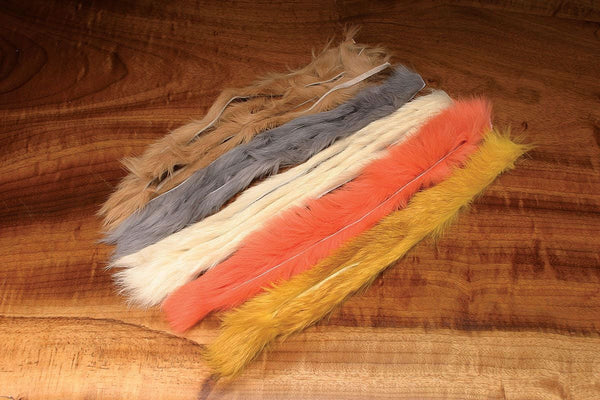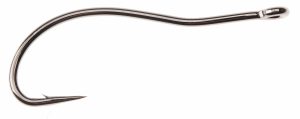Choosing A Fly Tying Vise
Fly tying is an art, and every artist needs the right tools. Selecting your first fly tying vise is a pivotal step, as it will shape your experience and success in this rewarding craft. Here's a guide to help you navigate the key factors, features, and price points to consider when buying your first vise.
Why Your Vise Matters
A fly tying vise is the cornerstone of your setup. It holds your hooks firmly in place while you tie intricate patterns with precision. A quality vise ensures stability, durability, and ease of use, helping you create flies that perform beautifully on the water.

Key Features to Consider
-
Adjustability
Look for a vise with adjustable jaws to accommodate different hook sizes. Beginners often work with a range of hooks, so versatility is essential. -
Rotation
Rotary vises allow you to rotate the hook 360 degrees, offering a complete view while tying. If you're on a budget, consider a stationary vise; however, rotary functionality can significantly enhance your tying efficiency. -
Jaw Type and Material
High-quality steel jaws are durable and grip hooks firmly. Check for smooth operation and the ability to handle both small and large hooks. - Base or Clamp
- Pedestal Base: Offers portability and stability, great for tying on any flat surface.
- C-Clamp: Secures the vise to the edge of a table, providing a more stable option for vigorous tying.
-
Ease of Use
A beginner-friendly vise should be easy to set up and adjust. Avoid overly complex models that may distract from the tying process.

Price Points
- Budget-Friendly Options (Under $150)
- There are inexpensive options that are offered as kits from Orvis, Wapsi, etc.
- Pros: Low cost
- Cons: Lack of features, poor hook holding capabilities, lack of rotation
- While these inexpensive vises will work for tying flies, they can be frustrating due to poor hook holding. They can be difficult to fine tune.
- Beginner Vises ($150–$300)
- Offers enhanced durability and features like full rotary capability.
- Many beginner vises can last a lifetime. They are made with higher quality materials and will hold a hook securely.
- Example: Renzetti Traveler – a popular, portable option with excellent adjustability. Regal Travel Vise – Full size Medallion jaws built on a travel size package.
- Midrange Vises ($300-500)
- Built for enthusiasts and professionals, with premium materials and advanced features.
- Example: Regal Medallion – While not a true rotary, the entire jaw can rotate for ease of tying in materials or inspecting the fly. Regals offer a wide variety of jaw types to suit numerous types of flies. Renzetti Presentation 3000.
- High-end Vises ($500 and up)
- Built with the highest quality materials
- Precision machining, ultra durability, swivel stems, smoothest rotations, ball bearings, etc.
- Example: Regal Revolution – a durable, high-performance vise for serious tiers. Fast changing hooks with “Bulldog grip” design. There are numerous heads available to suit a variety of hook sizes. Renzetti Presentation 4000, Renzetti Master – extremely smooth rotation. Will hold hooks from size 4//0 to 28 (Presentation 4000) and 10/0 to 28 (Renzetti Master) without having to change jaws.

Tips for Choosing Your Vise
- Consider Your Budget: Determine what types of flies you will be tying and hook sizes.
- Assess Your Needs: If you plan to tie larger flies, ensure the vise accommodates larger hooks.
- Try Before You Buy: If possible, test different vises to find one that feels comfortable and intuitive.

Final Thoughts
Choosing your first fly tying vise is an investment in your fly fishing journey. Take the time to understand your options, and don't hesitate to seek advice from experienced tiers or local shops. With the right vise, you'll be well-equipped to bring your fly designs to life and enhance your on-the-water adventures.


